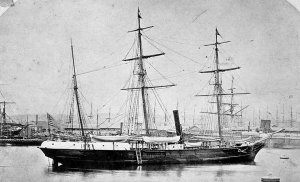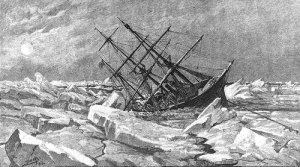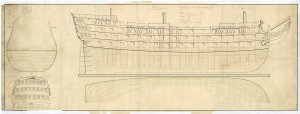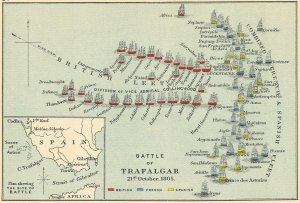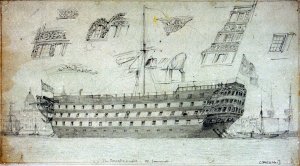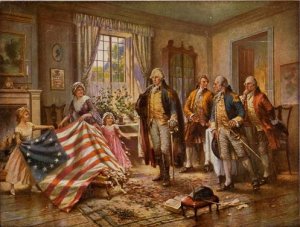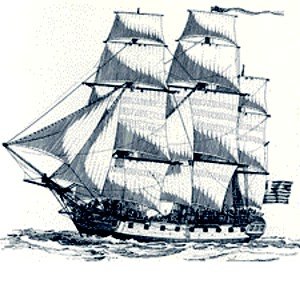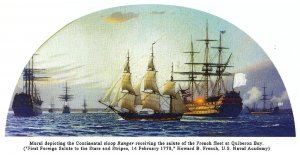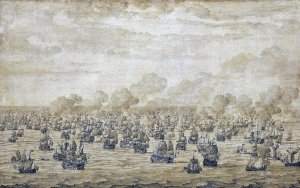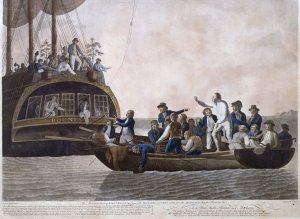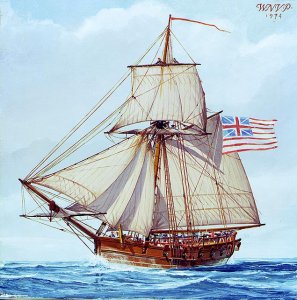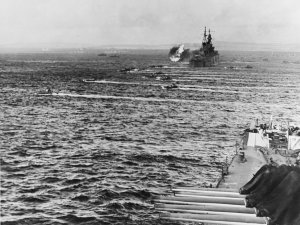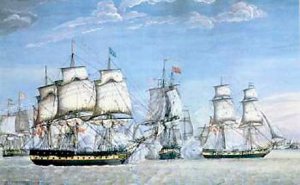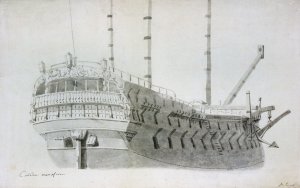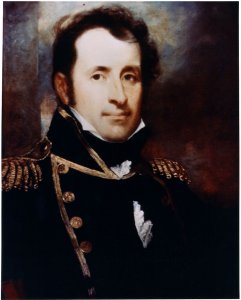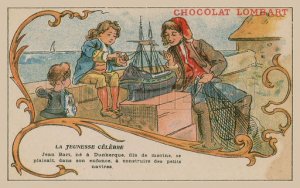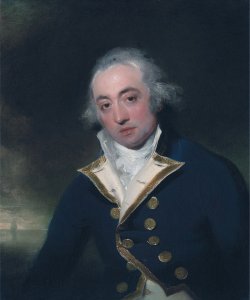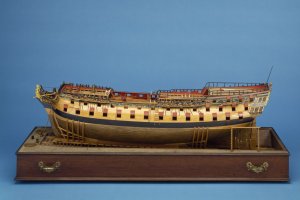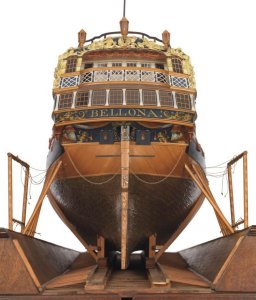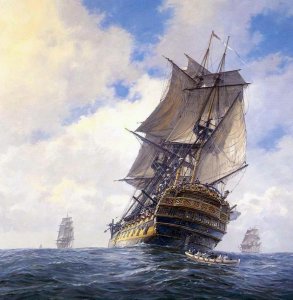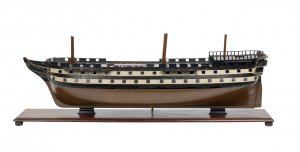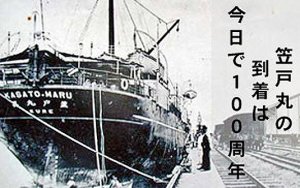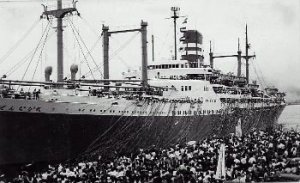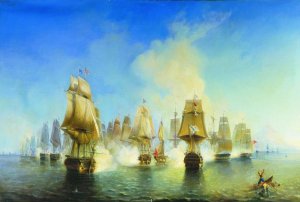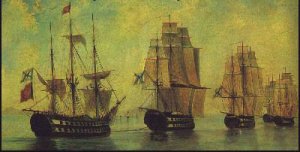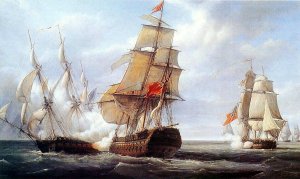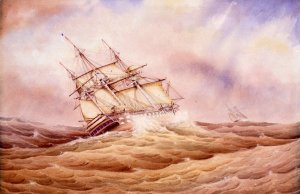15.th June 1904
SS General Slocum disaster - more than 1.000 people - most of them german settlers - killed
On June 15, 1904,
General Slocum caught fire and sank in the
East River of New York City. At the time of the accident, she was on a chartered run carrying members of
St. Mark's Evangelical Lutheran Church (
German Americans from
Little Germany, Manhattan) to a church picnic. An estimated 1,021 of the 1,342 people on board died. The
General Slocum disaster was the New York area's worst disaster in terms of loss of life until the
September 11, 2001 attacks. It is the worst maritime disaster in the city's history, and the second worst maritime disaster on United States waterways.
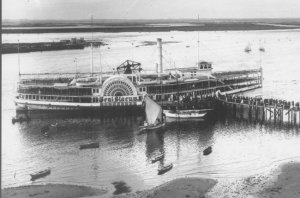
The
PS General Slocum was a
sidewheel passenger
steamboat built in
Brooklyn,
New York, in 1891. During her service history, she was involved in a number of mishaps, including multiple groundings and collisions.
The Disaster
General Slocum worked as a passenger ship, taking people on excursions around New York City. On Wednesday, June 15, 1904, the ship had been chartered for $350 by
St. Mark's Evangelical Lutheran Church in the
Little Germany district of
Manhattan. This was an annual rite for the group, which had made the trip for 17 consecutive years, a period when German settlers moved out of Little Germany for the Upper East and West Sides. Over 1,400 passengers, mostly women and children, boarded
General Slocum, which was to sail up the East River and then eastward across the
Long Island Sound to Locust Grove, a picnic site in
Eatons Neck,
Long Island.
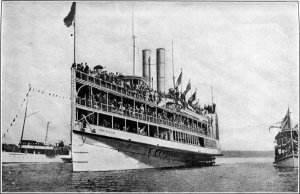
The ship got underway at 9:30 am. As it was passing East 90th Street, a fire started in the Lamp Room in the forward section, possibly caused by a discarded cigarette or match. It was fueled by the straw, oily rags, and lamp oil strewn around the room. The first notice of a fire was at 10:00 am; eyewitnesses claimed the initial blaze began in various locations, including a paint locker filled with flammable liquids and a cabin filled with gasoline. Captain Van Schaick was not notified until 10 minutes after the fire was discovered. A 12-year-old boy had tried to warn him earlier, but was not believed.
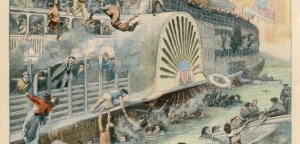
Although the captain was ultimately responsible for the safety of passengers, the owners had made no effort to maintain or replace the ship's safety equipment. The fire hoses had been allowed to rot, and fell apart when the crew tried to put out the fire. The crew had never practiced a fire drill, and the
lifeboats were tied up and inaccessible. (Some claim they were wired and painted in place.)
[10] Survivors reported that the
life preserverswere useless and fell apart in their hands. Desperate mothers placed
life jackets on their children and tossed them into the water, only to watch in horror as their children sank instead of floating. Most of those on board were women and children who, like most Americans of the time, could not swim; victims found that their heavy wool clothing absorbed water and weighed them down in the river.
It has been suggested that the manager of the
life preserver manufacturer placed iron bars inside the
cork preservers to meet minimum weight requirements at the time. Many of the life preservers had been filled with cheap and less effective granulated cork and brought up to proper weight by the inclusion of the iron weights. Canvas covers, rotted with age, split and scattered the powdered cork. Managers of the company (Nonpareil Cork Works) were indicted but not convicted. The life preservers had been manufactured in 1891 and had hung above the deck, unprotected from the elements, for 13 years.
Captain Van Schaick decided to continue his course rather than run the ship aground or stop at a nearby landing. By going into headwinds and failing to immediately ground the ship, he fanned the fire. Van Schaick later argued he was trying to avoid having the fire spread to riverside buildings and oil tanks. Flammable paint also helped the fire spread out of control.
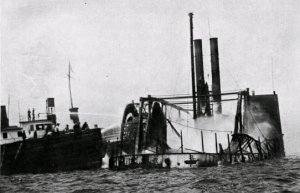
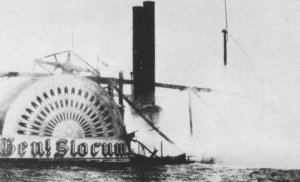
Some passengers jumped into the river to escape the fire, but the heavy women's clothing of the day made swimming almost impossible and dragged them underwater to drown. Many died when the floors of the overloaded boat collapsed; others were battered by the still-turning paddles as they tried to escape into the water or over the sides.
By the time
General Slocum sank in shallow water at
North Brother Island, just off the
Bronx shore, an estimated 1,021 people had either burned to death or drowned. There were 321 survivors. Five of the 40 crew members died.
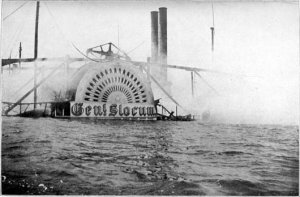
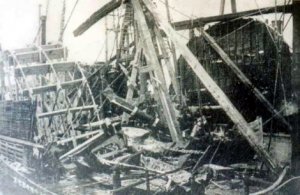
The captain lost sight in one eye owing to the fire. Reports indicate that Captain Van Schaick deserted
General Slocum as soon as it settled, jumping into a nearby
tug, along with several crew. Some say his jacket was hardly rumpled, but other reports stated that he was seriously injured. He was hospitalized at
Lebanon Hospital.
Many acts of heroism were committed by the passengers, witnesses, and emergency personnel. Staff and patients from the hospital on North Brother Island participated in the rescue efforts, forming human chains and pulling victims from the water.
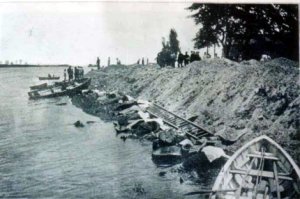
There is a very good
documentation
This is the story of the great 1904 ship disaster in NY harbor which until 9 / 11 was the largest disaster in NYC history. The ship was carrying mostly women and children for a Sunday school celebration. They were German Americans from Kleinedeutschland or Little Germany on the Lower East Side of Manhattan. About 1021 died. The disaster paralyzed the city and was international news. James Joyce refers to the awful news from New York in Ulysses. The shipping company was found to have improperly installed life boats and to have falsified safety records. Subsequent disasters such as the San Francisco Earthquake, the Triangle Shirt Waist Fire, the Titanic, and two world wars with Germany have eclipsed the fire and sinking of the General Slocum to the point that it is virtually unknown. The video features interviews with the last two living survivors, one who was 99 years old when interviewed and the other 105. The co - producers of Fearful Visitation are Phil Dray and Hank Linhart. The video of Fearful Visitation premiered at the NY Historical Society for the100th commemoration of the disaster. The video was aired on PBS Ch 13, WNET, WSKG, and WMHT. Also by Hank Linhart, Blissville...An Investigation.
http://blissvillestories.org/stream-o... This video is about a remote corner of Queens with the remarkable name of Blissville and leads to the discovery of a nearby Romani/Gypsy village in the 1930's.
Here most of the existing photos
https://en.wikipedia.org/wiki/PS_General_Slocum
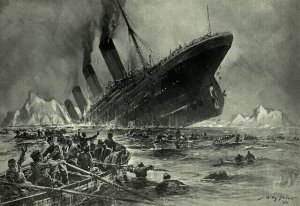
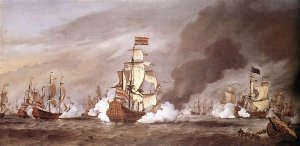
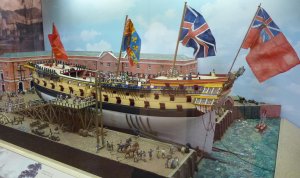






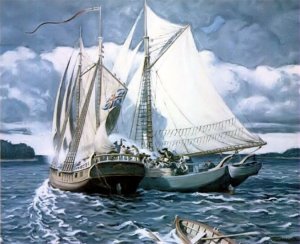
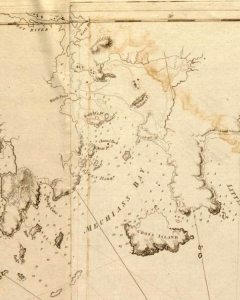
 & stood out for the Sea, they coming up with us very fast, we began to fire our Stern Swivels, & small Arms as soon as within reach. When within hail, they again desired us to strike to the Sons of Liberty, promising to treat us well, but if we made any resistance they [would] put us to Death. Mr. Moore seeing there was no possibility of getting clear, [swung]the Vessel too and gave them a Broadside with Swivels & Small Arms in the best manner he was able, and likewise threw some Hand Grenadoes into them; they immediately laid us Onboard, [mortally wounded Mr. Moore and] took possession of the Schooner [carrying] her up to Mechias, in great triumph….
& stood out for the Sea, they coming up with us very fast, we began to fire our Stern Swivels, & small Arms as soon as within reach. When within hail, they again desired us to strike to the Sons of Liberty, promising to treat us well, but if we made any resistance they [would] put us to Death. Mr. Moore seeing there was no possibility of getting clear, [swung]the Vessel too and gave them a Broadside with Swivels & Small Arms in the best manner he was able, and likewise threw some Hand Grenadoes into them; they immediately laid us Onboard, [mortally wounded Mr. Moore and] took possession of the Schooner [carrying] her up to Mechias, in great triumph….
